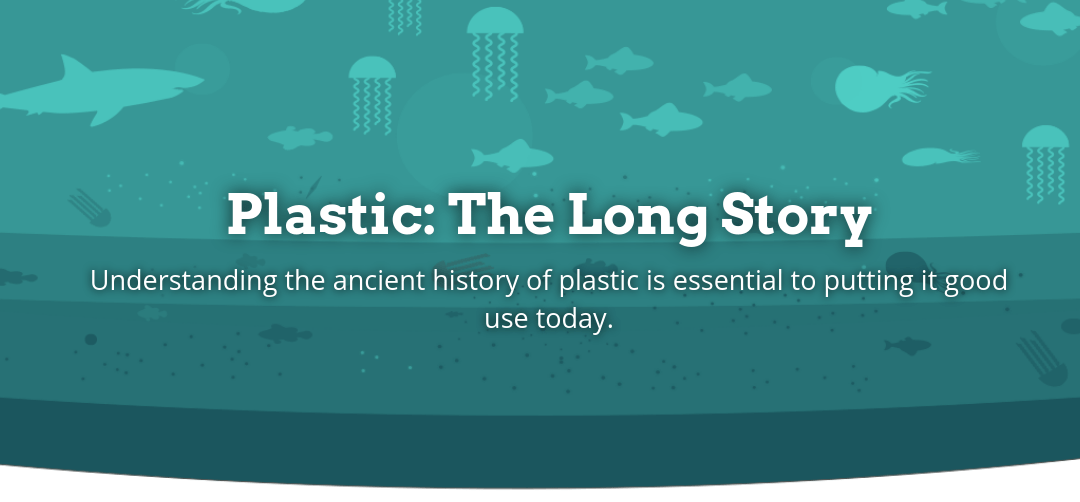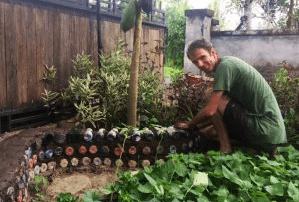Over the last few covid months, I’ve had a chance to reflect deeply on the issue of plastic pollution and delve deep into its causes. My team and I have mined some important insights through discussions and writing, and we’re now getting ready to share them. Our biggest realization?
Most important of all is telling the long story of plastic.
Over the last few years, the world’s attention has been drawn to the second half of the story: to where plastic goes after it leaves our hands. More and more folks are realizing that whatever we do with plastic, its ending up in the biosphere and that Recycling, incineration, dumping simply delay the inevitable. It is fantastic that this awakening is happening– and with it an unprecedented concern arising for the earth’s biosphere and desire to do something.
However, this has only made us more aware of the problem of plastic pollution. It hasn’t made clear what that something is that we should do.
In order to answer that, we need to know the first part of the story. What is plastic exactly? Where does it come from? How did it get to our hands in the first place. After leading thousands of plastic workshops with folks from dozens of countries, I am acutely aware of the widespread ignorance of plastic’s short and long backstory.
Knowing the short-term industrial story helps us see past false solutions.
Knowing the long-term million year history of plastic is key to solving it.
But actually ‘solving it’ isn’t descriptive enough– in fact, the deeper I have delved into it, the more I see that the solution lies in plastic itself.
Have I piqued your curiosity? Well then… let me tell you a story! Check out our newly published page on ecobricks.org/plastic
And if that piques your curiosity more, you can check out our academic level white paper, which lays out the science and research we’ve been doing to piece the story together


